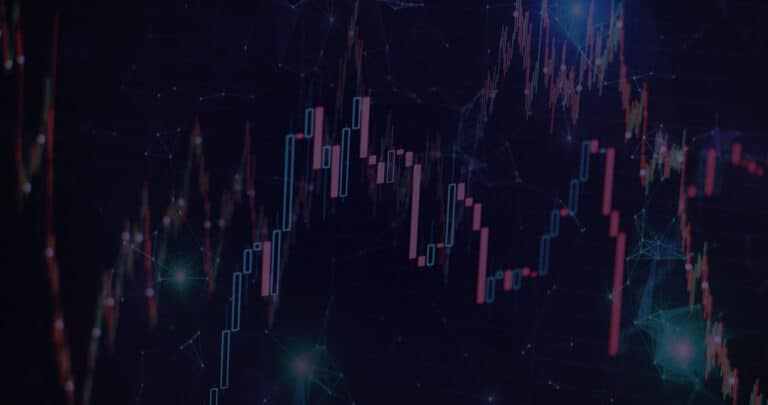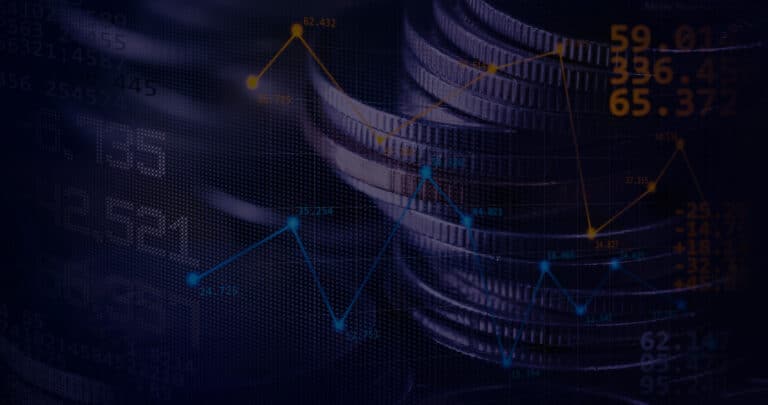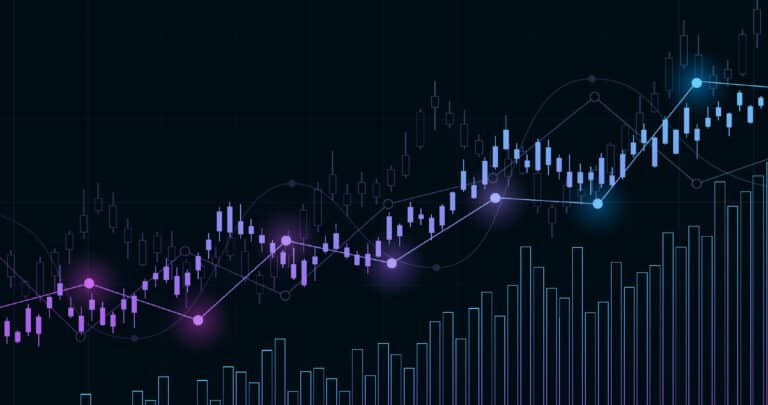Introduction to Mantle Token
What is Mantle Network?
Mantle Network is a Layer-2 (L2) scaling solution for Ethereum, compatible with the Ethereum Virtual Machine (EVM). It utilizes Optimistic rollups to expedite transactions cost-effectively. Mantle’s merger with BitDAO has created a unified ecosystem under one brand and token, Mantle (MNT), boasting one of the largest treasuries in the crypto industry, exceeding $3 billion. The network aims to support early-stage DApp development with substantial funding.
How Mantle Works
Modular Design and Execution
Mantle stands out with its modular design, combining Optimistic rollups with a separate data availability layer, EigenDA. This architecture enables transaction execution on Mantle’s EVM-compatible layer, with Mantle’s sequencer generating blocks on the L2 layer and submitting state root data to the Ethereum blockchain. This design significantly enhances scalability compared to monolithic blockchain architectures.
Network Participants
Mantle Network comprises four node types: sequencers, rollup verifiers, DA nodes, and Threshold Signature Scheme (TSS) nodes. Sequencers process transactions in real-time, while TSS nodes validate these transactions. Rollup verifiers manage fraud proofs and state root verification, and DA nodes store transaction data. This structured approach ensures efficient transaction handling and security within the network.
Transaction Lifecycle
Transactions on Mantle undergo three phases: initiation, handling, and storage. Users initiate transactions that are processed by sequencers, verified, and then rolled into batches for settlement on Ethereum’s Layer 1. This mechanism helps in reducing transaction fees by spreading the fixed costs across multiple transactions in a bundle.
Bridging and Governance
Mantle’s bridge technology facilitates asset movement between Ethereum and Mantle, enhancing interoperability. Governance on Mantle occurs off-chain, with community members initiating discussions that can lead to Mantle Improvement Proposals (MIPs). MNT token holders have voting rights in these governance processes, influencing the development and decision-making on the network.
Functions and Tokenomics of MNT
MNT Token Role
Post-merger, MNT has become the primary asset in the Mantle ecosystem. It serves as both a utility and governance token. Users pay gas fees in MNT, and Mantle Network nodes use MNT as collateral, incentivizing participation and maintaining network stability. The token distribution was adjusted to balance treasury and circulating supply, following a community-approved proposal.
Comparison with Other L2 Networks
Mantle’s Distinctive Features
Mantle differentiates itself from other L2 solutions like Cartesi, Loopring, Polygon, and Arbitrum through its hyper-scaling capability and decentralized data availability layer. By leveraging Ethereum’s consensus mechanism and validator set, Mantle achieves higher security and efficiency, positioning it uniquely in the L2 scaling landscape.
Potential Use Cases
Gaming and DeFi Applications
Mantle’s architecture is particularly suited for gaming applications, supporting high transaction throughputs and low gas fees. This capability is being leveraged to develop gaming DApps, with collaborations like Game7 and HyperPlay. In the DeFi space, Mantle can facilitate affordable and advanced protocols, promoting broader adoption and innovation in financial services.
Advantages and Disadvantages
Benefits of Mantle Network
Mantle offers several advantages, including affordable transaction fees, high scalability, and robust security derived from Ethereum. Its EVM compatibility allows developers to deploy a wide range of DApps, utilizing popular Ethereum development frameworks. These features make Mantle an attractive option for users and developers alike.
Challenges Facing Mantle
Despite its strengths, Mantle faces challenges due to its relative newness and incomplete decentralization. The network’s dependency on a centralized sequencer node, at least initially, raises concerns about censorship resistance. These challenges are being actively addressed as Mantle continues to evolve and mature.
Mantle’s Future Prospects
Ambitious Growth and Development
Mantle Network is recognized for its ambitious approach to L2 scaling solutions. Its efforts signify industry progress in scaling Ethereum and achieving higher performance levels. The network’s potential to revolutionize the L2 space makes it a project to watch in the coming years.








